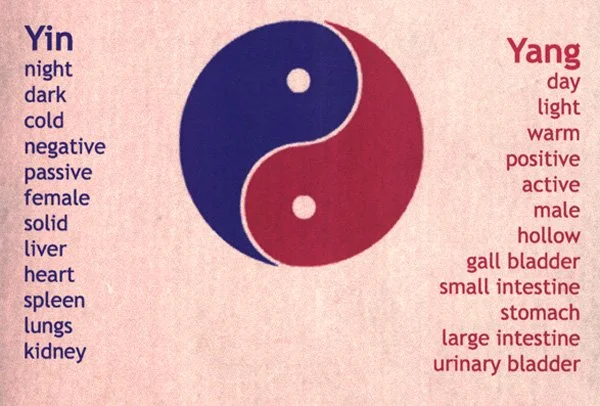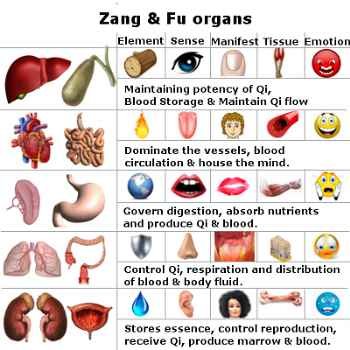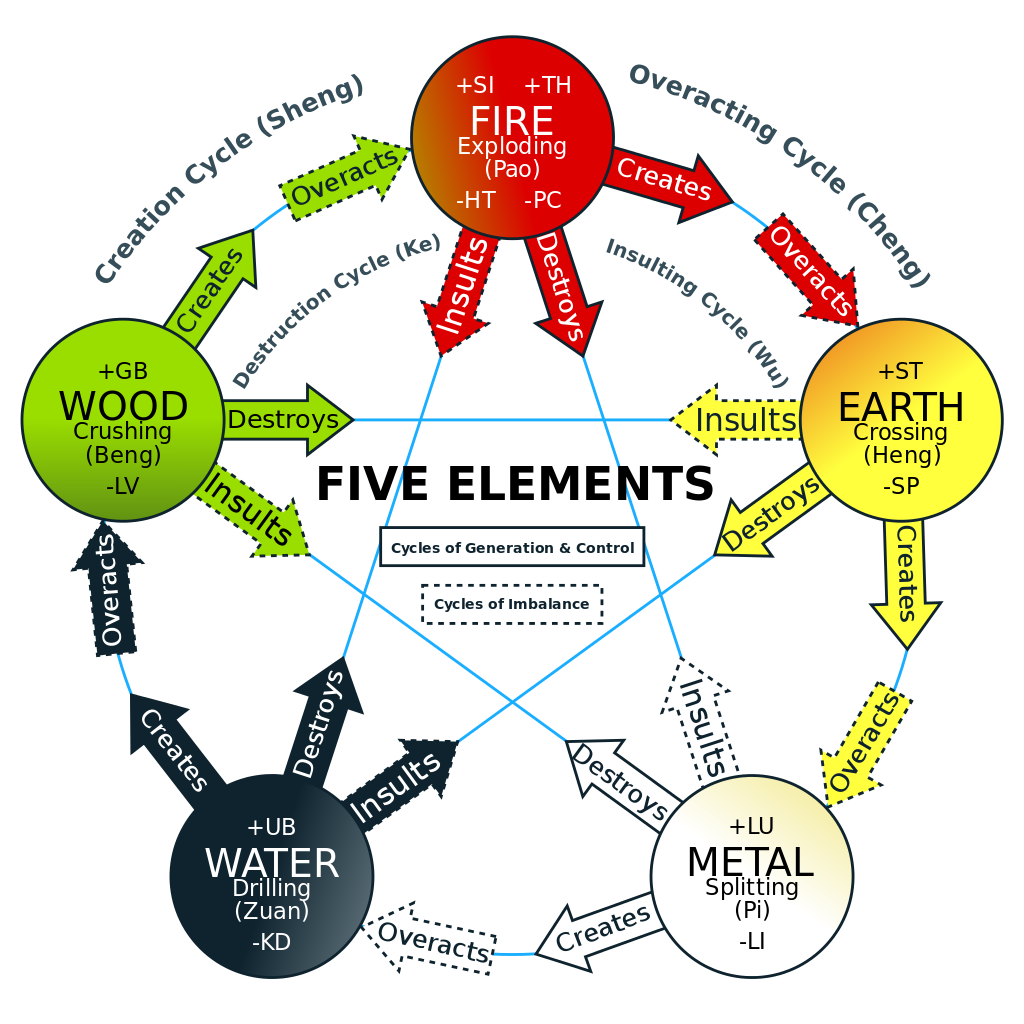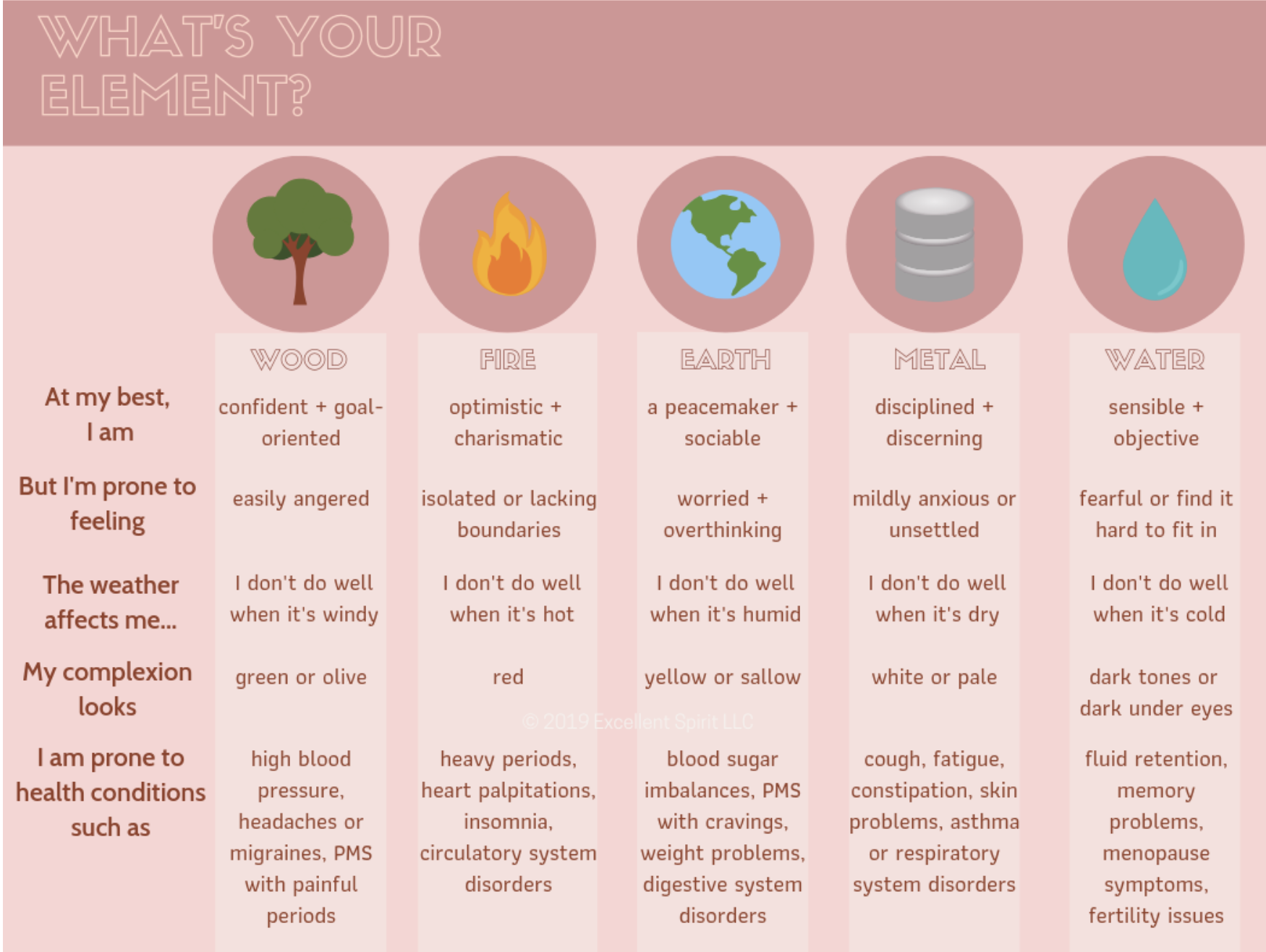Traditional Chinese Veterinary Medicine: Yin-Yang, Five Elements, & The Five Treasures
The title of this post sounds like an Indian Jones style adventure movie! Let’s dive in & discuss these three principles, which are the foundation of Traditional Chinese Medicine & how they are used to explain & treat health & wellness through balance & harmony.
Balance or harmony is an important word to express body health. In traditional medicine, health is defined as balance between body & internal/external environments. The internal environments include the emotional state, hereditary influences, the neuroendocrine system, congenital influence & personality. The external environments include climate, nutrition, geophysical forces & foreign pressure. When we talk health of the body, the meaning of health is not an absolute, but a relative state of being. If imbalance takes place between internal & external environments or within the internal factors, diseases arise from the body working hard to achieve homeostasis of the body. In TCVM there are two important theories that help explain the balance of nature and health. The first of which is the Yin-Yang theory which is based on the principle of two opposing energies as "Qi" and the second is the five element theory, which is based on the idea that everything in the whole world is the change of five basic elements as "Wood, Fire, Earth, Metal & Water." These two philosophical views were developed to explain & understand natural phenomena. In Chinese Medicine, two theories have an important guidance in pathology, physiology, diagnosis, and treatment of disease.
Yin & Yang
The Yin-Yang theory is the idea that everything is composed of two opposing, yet complimentary pairs of opposites. Yin & Yang co-exist in a constant and dynamic state in which one rises while the other declines. They are not fixed. When you consider the traditional Tai Ji symbol of Yin & Yang, Yin is black and Yang is white. They are constantly turning into each other. This is the balance of life. Yin is dark, cold, & sinking. Yang is light, warm, & rising.
In acupuncture & Traditional Chinese Medicine, Yang is what warms the body & Yin is the body’s cooling system. They work together to maintain a consistent level of balance. If the system falls out of balance, this creates a pathology that could develop into a more serious condition.
When yin & yang forces become deficent or excessive relative to one another, pathogenic patterns emerge according to TCVM theory. There are four potential imbalance patterns:
Yin Deficiency (False Heat) - Yin cold, dry, under-functioning patterns like kidney deficiency in older pets. Characterized by seeking warmth, panting, anxiety.
Yang Deficiency (False Cold) - Yang cold, slow, fatigue patterns. Pets may be lethargic, bloated, cold to the touch.
Yin Excess (True Cold) - Excess cold, damp, heavy yin conditions like arthritis. Look for chills, edema, clear mucus discharge.
Yang Excess (True Heat) - Excess heat, dryness, thirst, inflammation and hyper-metabolism are hallmarks. Pets may be restless, have dry coats & red eyes.
Based on these patterns of excess or deficiency acupuncture points, herbal formulas, diet etc can recommended to bring your pets health back into balance.
The Zang-Fu Organ System
Within TCVM the harmony of yin & yang manifests in the interaction between what is called, the Zang - Fu Organ System. Zang organs are yin in nature & have solid internal structures. Fu organs are yang in nature. They are hollow structures involve in transformation & storage of vital substances. Each Zang organ is associated or paired with a Fu organ, which makes up the five yin-yang organ systems.
Zang Fu Organ Pairs & Their Associated Elements
Wood - Liver & Gallbladder
Fire - Heart & Small Intestines
Fire - Triple Burner & Pericardium
Earth - Spleen & Stomach
Metal - Lung & Large Intestine
Water - Kidney & Bladder
The Five Elements
The Five Element System in Traditional Chinese Medicine organizes all natural phenomena into five groups or patterns in nature. Each of the five groups—Wood, Fire, Earth, Metal, & Water—include categories such as a season, a direction, climate, stage of growth & development, internal organ, body tissue, emotion, aspect of the soul, taste, color, sound . . . the categories are seemingly limitless. The Five Elements reflect a deep understanding of natural law, the Universal order underlying all things in our world. Each element or group controls & balances each other through several intricate relationships.
The Five Element System provides a master blueprint that diagrams how nature interacts with the body & how the different dimensions of our being impact each other. The Five Element system uses a multi-dimensional view of life & offers a diagnostic framework to recognize where imbalances in body systems, mind, emotions, & spirit lie.
The Five Elements include the internal organs & the interconnected relationships between them. A deeper understanding of these intricate connections using the Five Element Framework gives practitioners a better understanding of how all the body’s systems work together. In traditional medicine, the mutual relationship of five elements help in the diagnosis & treatment of health problems. Each element is related to a specific organ system explained as Five Zang (Yang) and five Fu (Yin) organs. The five major Yin organs are Heart, Lung, Spleen, Liver, & Kidney. Five major Yang organs are Small intestine, Triple Heater, Large intestine, Gallbladder, & Urinary Bladder. Each element or organ system is also related to a season of the year, specific emotions, colors, sense organs, and body parts.
Wood Element:
Organs: Liver & gallbladder
Season: Spring
Color: Green
Emotion: Anger/irritation,
Liver meridian opens at the eyes
Tissue association: Tendons/ligaments
Secretion: Tears
Time of day: 11:00 p.m. to 3:00 a.m
Example of wood element or liver problem based on TCVM principles: A patient with red eyes, in spring time, has seizures, barks loudly, might be aggressive, has tenon or ligament issues.
Fire Element:
Organs: Heart & small intestine
Season: summer
Color: Red
Emotion: Joy/fright
Heart meridian opens at the tongue
Tissue association: Vascular system,
Secretion: Sweat
Time of day 11:00 a.m. to 3:00 p.m
Example of a patient with fire element or heart problem based on TCVM principles: separation anxiety, bad dreaming, hysterically barking, hyperactive happiness, cardiac disease.
Earth Element:
Organs: Stomach & spleen
Season: Late summer
Color: Yellow
Emotion: Worry
Spleen meridian opens at the mouth
Tissue association: Muscles
Secretion: Saliva
Time of day 7:00 a.m. to 11:00 a.m
Example of a patient with a Earth element or spleen problem based on TCVM principles: vomiting after breakfast, overweight, extremely sensitive toward moods, low stamina.
Metal Element:
Organs: Lungs & large intestine
Season: Fall
Color: White
Emotion: Grief/sadness
Tissue association: Skin/hair coat
Secretion: Nasal fluid
Time of day: 3:00 a.m. to 7:00 a.m.
Example of a patient with a Metal element or lung problem based on TCVM principles: constipation, continually runny nose, allergies, & asthma.
Water Element:
Organs: Kidney & urinary bladder
Season: Winter
Color: Black,
Emotion: Fear/terror
Kidney meridian opens at the ears
Tissue association: Bones
Secretion: Urine
Time of day 3:00 p.m. to 7:00 p.m.
Example of a patient with a Water element or Kidney problem based on TCVM principles: Terrified of strangers, constantly thirsty, bladder infection in winter season, kidney problems & arthritis.
Creating & Controlling Cycles
Each element interacts with creation cycle & a controlling cycle. In the creation cycle the previous element in the cycle is the "mother" of the element. The next element in the series is the "son". It is common to express the terms Mother & Son relationship in this cycle. In the creation cycle Wood produces Fire, Fire produces Earth, Earth produces Metal, Metal produces Water, & Water produces Wood. So, if there is a problem with in stomach or spleen earth element, this disorder affects the metal element so that the patient may have some problems in the lungs or large intestine.
In the control cycle the element Wood restrains Earth, Earth restrains Water, Water restrains Fire, Fire restrains Metal, & Metal restrains Wood. An example of this controlling relationship: A problem with urinary system or water element can accumulate body with fluid & this condition then affects heart function so that the patient may have congestive heart failure.
Five Element Constitution or Personality
According to Chinese medicine each person has a unique blend of the Five Elements within them. This blend largely determines many aspects of who you are as an individual, including your personality & one element typically dominates our personality traits & behavior. This I called a person or pet’s Five Element Constitution. As we move through life sometimes our constitution alters slightly towards one element over the others based on the creation cycle due to the natural cycle of life stages from childhood through adulthood & into our geriatric years. An imbalance within a pet’s constitutional element can happen when they become out of balance & this can help us determine what they may be more prone to health wise.
The Five Treasures
Within TCVM, there exists Five Treasures, also known as 5 Vital Substances. The Five Treasures are:
Qi - Energy or life force
Jing - Essence
Shen - Mind
Jun ye - Body Fluid
Xue - Blood
These substances are necessary for life, and account for the physical properties of TCVM within the body. They impel the function of the body, nourish the body & the mind, & support the function of organs. When the Treasures are depleted or obstructed, disease results.
Qi (Energy) & The Meridian System
Qi (energy) is the life force of the world, & where there is Qi, there must be life. In TCVM, there are more than 32 types of Qi identified, with 8 types being most commonly discussed, each with its own actions, & creation & depletion cycle. The various types of Qi each play a specific role in the body: impelling, warming, defending, holding, nourishing, & activity. Qi may be brought into the body by breathing & by eating, which is then transformed & transported throughout the body’s channels, also known as meridians.
Meridians & the flow of QI regulate the physiological activities of the organs. It extends all over the exterior of the body, but it pertains to the Zang-Fu organs within the body. This is why we can put needles in the paw of an animal, & have an effect far away, such as on an internal organ, or distant & seemingly unrelated point of pain.
There are 12 regular meridians which represent the Zang-Fu organs. There are also 2 more meridians called Governing Vessel (Du-Mi) & Conception Vessel (Ren-mi).
It is on these channels that acupuncture points are found. Manipulation of acupuncture points has its TCVM physiologic effect on the body by influencing the Qi that is flowing within the network of channels within the body. Stagnation of Qi within these channels causes stiffness and pain, and deficiency in Qi in the body results in weakness and lack of vital functions.
Jing (Essence)
Jing is the essence of an organism. There are two types of Jing: prenatal Jing & postnatal Jing. Prenatal Jing, also known as Congenital Jing, is the seed of life & is stored in the Kidney. Jing is responsible for development of the fetus, for all growth & reproduction, as well as maintaining the life force throughout the organism’s life. Jing is inherited from one’s parents, & Jing deficiencies typically result in congenital disorders or sickness in early life. Jing is slowly depleted over an individual’s lifetime & cannot be replenished. Once Jing is exhausted, the animal dies. The conservation of Jing is therefore vital to maintain life. Prenatal Jing may be supplemented by postnatal Jing, which is also known as acquired Jing, & is created from food. Creating good-quality postnatal Jing supplements the continuous depletion of prenatal Jing.
Shen (Mind)
Shen is loosely translated as the “mind” or the “spirit”. Shen is the outward appearance of all the activities of the body, taking into account personality, mental activity, memory, sleep, & behavior. Shen is what allows clear thought, a focused mind, & inner peace. Shen is stored in the Heart, nourished by Yin & Blood, and disturbances in the Heart or in the Shen may result in in behavioral abnormalities including anxiety, mania, insomnia, restlessness, hyperactivity, fear, inability to focus, & pica.
Xue (Blood)
The TCVM concept of Blood is similar to the Western concept in that Blood contains nutrient Qi that circulates throughout the vessels of the body. Blood is formed from food, Qi, Jing, & Body Fluids, & functions to nourish, moisten, to move Qi. Deficiency of Blood may result in anemia, as in Western medicine, but there are other forms of Blood Deficiency in TCVM that do not necessarily result in changes in the hematological profile. Because Blood nourishes tissues & brings moisture, Blood Deficient animals suffer from degeneration of soft tissues & are more prone to soft tissue, tendon, & ligament injury [4]. Blood Stagnation, where the Blood is stagnant within a channel, may result in hematomas, neoplasia, & pain.
Jin Ye (Body Fluid)
Jin Ye applies to all the fluids of the body, including intravascular, intra-articular, intra-ocular, as well as excretions, such as tears, nasal discharge, sweat, urine, gastric & intestinal fluids. Jin Ye moistens & nourishes the tissues of the body, & is intimately associated with Blood such that imbalance in one will eventually result in imbalance of the other . The TCVM physiology of water formation, distribution, & excretion is complex & relies on the functions of the Stomach, Spleen, Lung, Small Intestine, Kidney, & Bladder
TCVM Clock & Circadian Rhythm
The 12 regular meridians join with one another, in an endless cycle of the flow of Qi & blood. This flow passes from one meridian to another, in a specific order throughout the day. The Qi dominates within certain Meridians at designated times of the day, which is known as the TCVM Clock. An example of how medically this clock can be used would been the case of seizures. The liver predominates from 1am-3am. The liver is subject to invasion of “wind” (which is a pathogen in Chinese medicine & a blog discussion for another day). Invasion of “Wind” is a Chinese pathogen that causes a patient to shake - i.e. itching or seizures. It is no coincidence that most of our calls regarding seizures come in during the early hours of an emergency clinic shifts. When clinical signs are considered in correlation to this TCVM clock it can help us understand what element is unbalanced & how to help rebalance the patient’s wellness.









